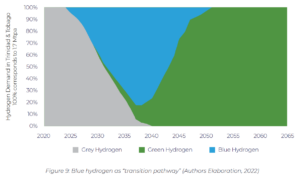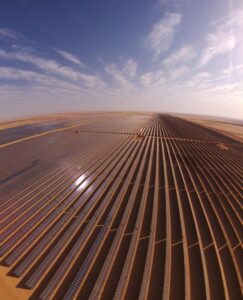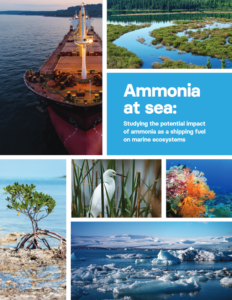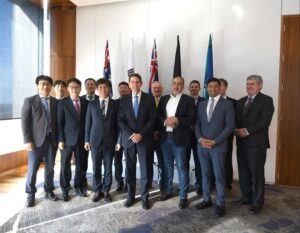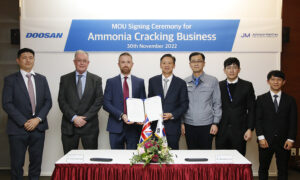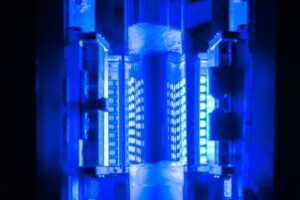Fertiliser giant OCP Group to go fully renewable, eliminate ammonia imports to Morocco
In a ceremony before King Mohammed VI of Morocco, OCP Group presented a new, green investment plan for 2023-27. The $13 billion plan will see OCP install 5 GW of renewable energy by 2027, completely powering their fertiliser manufacturing operations. A production target of one million tonnes per year renewable ammonia (also by 2027) will see OCP make serious headway into replacing its ammonia imports into Morocco with locally-made feedstock, improving food & energy security.

